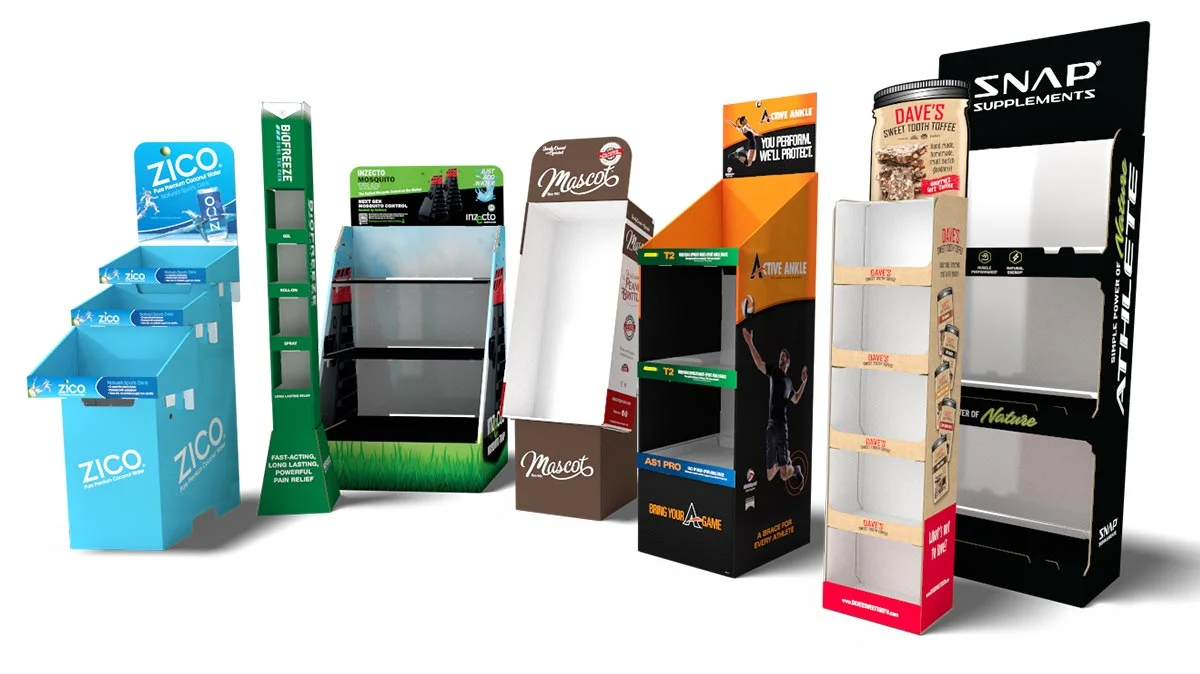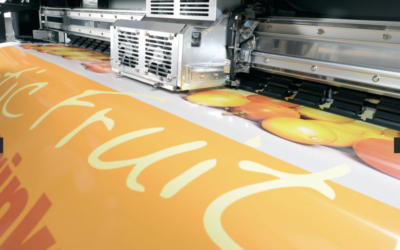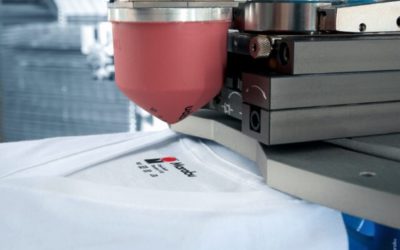A POP (point of purchase) display is incredibly effective at telling a brand’s story. By showcasing the brand’s logo and values, the POP display serves as that friendly introduction to a company’s product. Whether it’s for seasonal items, limited promos, or year-round favorites, POP displays increase brand awareness and may even result in a purchase.
As a printer of POP displays, you’ve probably tried different types of printing before settling on a digital standard. Whether you’re a novice or a veteran of digital printing, we’re here to give you some advice on how to get great prints on POP displays so that they can be used to their fullest potential.
Preventing Color Discrepancies in Printing
When a client gives you a brand logo or a design to print on the POP display, it’s often in the form of a digital file. However, the colors that you’re seeing on your computer screen may not match the colors on the actual product exactly.
You may have a large batch order of 50 POP displays or just a few. Regardless of the size of the order, it’s important to plan for color discrepancies and do a few test runs. For example, let’s say the brand logo features a prominent color of a dark gray. It’s important to note that gray colors in digital printing can shift to a cooler and lighter gray — but this can depend on the printer and how the values of cyan, magenta, and yellow, the color profile (ICC), and color calibration are set up. Gray is still gray, right? Well, when it comes to branding, subtle changes in colors can matter a lot due to brand consistency.
Brand consistency is what makes a brand easily recognizable. It could be a short, witty slogan (like Nike’s “Just Do it”), but often it’s the visual elements that draw attention and makes the brand memorable. Whether your client is a household name (Coca Cola anyone?), or a local mom-and-pop store, brand consistency will matter when it comes to printing POP displays.
Your digital printer may be highly calibrated for color variations, or it might lead to some subtle or strong color deviations. Getting the color just right, or knowing how to use color profiling for your digital printing, may feel daunting at first. ICC helps you manage the colors so that it’s precise, but if you’re unsure of what color profile to use, you can consider Marabu’s digital inks. The advantage of our products is that it’s “plug and print” so that there’s no color profiling needed.
Preventing Smudges & Bleeding for Digital Print
When printing graphic arts – such as logos and designs – there is a chance the colors will bleed and smudge. This is because two different colors end up mixing and blending together before they’ve had a chance to dry and absorb on the substrate. Color bleeding is another outcome that can impact brand consistency and it also reduces the sharpness of the images.
One of the main reasons why ink can smudge and smear may sound a bit obvious — the product is being handled too soon before it has had a chance to dry. How soon the ink will adhere to the substrate depends on the ink type.
The smudging and smearing of colors is usually found with traditional printers and traditional ink. Digital printing has an added safety-net because they dry quicker than their traditional counterparts.
One thing you may want to consider however for printing on POP displays are UV curable inks. UV inks dry almost immediately, so you won’t have to worry about color bleeding — especially when there are a wide range of colors being used in close proximity with one another. POP displays also tend to be made of a thicker substrate, which means they require large sections to be covered by ink in order to display the logos, designs, and messaging prominently. When combining UV inks with digital printing, you don’t have to wait days for all of that ink to dry before they are ready to be used.
Maintaining the Quality of Digital Printing
Many POP displays are used indoors — but that doesn’t mean they’re immune to some wear and tear. As time goes by, the colors, designs, and print may start to fade and lose their initial sharpness and quality. Maybe the POP display features a complex design such as an animal, persona, or a landscape. For those intricate types of artwork, you want the photorealistic image to maintain its high quality.
Some store owners feature their POP displays outdoors, such as sidewalks. Outdoor POP displays are exposed to UV radiation which quickens its deterioration. We mentioned the value of UV curable inks and it’s worth mentioning here too. UV, by default, are more resistant to damage that can be caused by light, and they’re more resistant to fading too. UV ink is known to last at least two years without fading. If you want your POP displays to remain vibrant for years to come, you may want to consider UV curable inks.
If you want your POP displays to last longer and be resistant to dings or chemicals, you can consider using applying a laminate to your print. Our Mara Shield Liquid Coatings have even undergone certification tests and passed with flying colors (no pun intended!).
Looking for digital printing inks for your POP displays? Feel free to browse our selection! You can also check more printing tips here.




